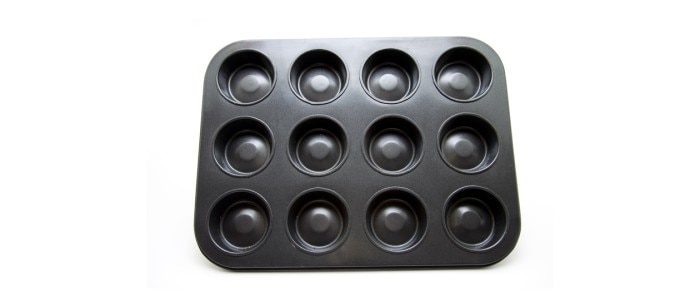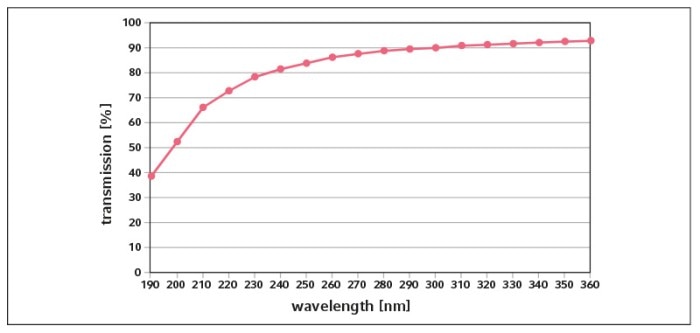MENÚ
AR | ARS
AR | ARS
-
- Pipeteo manual & dispensación
- Pipetas mecánicas
- Pipetas electrónicas
- Pipetas multicanal
- Pipetas de desplazamiento positivo y dispensadores
- Pipeteo automatizado
- Dispensadores de botella
- Controladores de pipeta
- Puntas de pipeta
- Consumibles de automatización
- Accesorios para dispensadores y pipetas
- Accesorios de automatización
- Servicios para dispensadores y pipetas
Está a punto de abandonar este sitio.
Por favor, tenga en cuenta que su carro de la compra actual no ha sido guardado todavía y no podrá ser restablecido en el nuevo sitio ni cuando regrese. Si desea guardar su carro de la compra, inicie sesión en su cuenta.
Sorry, we couldn't find anything on our website containing your search term.

What Is the Right Assay Microplate for My Experiment?
Natascha Weiß Academia de laboratorio
- Biología molecular
- Microbiología
- Biología celular
- Rutina de laboratorio
- Fotometría
- Fotómetros
- Ensayo
A wide variety of assays are performed in the laboratory. To decide which assay microplate is best to use, consider what sample(s) are involved, how they are treated, and which analytical method is used.
The large variety of available plastic microplates reflects the broad spectrum of application fields in the laboratory. In comparison with individual vessels, plates have the advantage that a larger number of samples can be processed in parallel: either manually or in an automated fashion. This approach renders processes more efficient, and it saves sample material and reagents. Various tests comprise an “assay.” An Assay may mean determining the concentrations of molecules (such as nucleic acids and proteins) in solution or the number of cells in a culture of microorganisms (OD600), but it can also refer to the measurement of enzyme activity. In addition, immunoassays and cell-based assays are also common. The latter employ live cells as testing systems – for example, in order to determine the effect of added substances on survival rates or metabolism. Optical analyses of these methods are typically carried out using a plate reader. For each of these methods, a variety of plates is available. In addition to the number of wells and the filling volume, plates may also differ with respect to their material composition. They are available in different colors (figure 1), and they may display different bottom shapes (figure 2). Which one of the different variants is suitable for a certain experiment may be determined by considering the following questions: Which type of sample is being studied? To which processing methods is the sample subjected inside the plate? Which analysis method will be performed?
Leer más
Leer menos

Figure 1: Different plate colors: (a) transparent, (b) black, (c) black with transparent bottom, (d) white

Sample: In general, the number of samples and the sample volume determine the number of wells and the volume required. In addition, certain bottom types (U-bottom, V-bottom) are advantageous if small volumes are present. Depending on the type of sample and whether it will be subjected to downstream processing following the initial analysis, the plate may need to meet specific requirements with respect to purity grade. For example, RNA analyses involve safeguarding an RNase-free environment, whereas work with cells requires sterile plates. There are certain circumstances where work with cells also needs to be free of endotoxins.
Process: Before or after the analysis, which also places specific demands on the material, additional processing steps, such as centrifugation or incubation at different temperatures, may be carried out in the plate, or specific chemicals may be added to the plate. These steps may place additional demands on the robustness of the plate. In case higher chemical resistance or centrifugation stability is required, a plate made of polypropylene (PP) will be better suited than a plate made from polystyrene (PS). The bottom shape may also have an influence on the application: A round bottom (U-bottom) is the preferred choice when mixing or washing steps are also carried out inside the plate. In contrast, the conical V-shape is beneficial if substances are precipitated or if recovery needs to be maximized when the sample is removed from the plate.
Analysis: The analysis of many assays is based on the measurement of light inside a plate reader using three basic techniques: UV/Vis spectrophotometry measures absorbance via the weakening of the intensity of the light as it passes through the sample. The fluorescent molecules employed in fluorescence assays are excited by light with a specific wavelength. The molecules then emit light, and the resulting signal is measured through a detector. Detection of luminescence is comparable. However, light is generated via a chemical or biochemical reaction. While the microplate used must be compatible with the instrument, its optical properties must also fit the application. In the case of absorbance measurements, light traverses the sample. This demands that the bottom of the plate be transparent and flat. Plates made of polystyrene comply with these requirements. However, the material transparency is limited to wavelengths above 340 nm. Since these plates are thus mainly suitable for assays that are carried out with light in the visible range, they are also known as “Vis-plates.” For absorbance measurements in the UV range (for example, for the quantification of nucleic acids), plates need to provide a UV-transparent bottom (“UV-Vis plates”) (figure 3).
Process: Before or after the analysis, which also places specific demands on the material, additional processing steps, such as centrifugation or incubation at different temperatures, may be carried out in the plate, or specific chemicals may be added to the plate. These steps may place additional demands on the robustness of the plate. In case higher chemical resistance or centrifugation stability is required, a plate made of polypropylene (PP) will be better suited than a plate made from polystyrene (PS). The bottom shape may also have an influence on the application: A round bottom (U-bottom) is the preferred choice when mixing or washing steps are also carried out inside the plate. In contrast, the conical V-shape is beneficial if substances are precipitated or if recovery needs to be maximized when the sample is removed from the plate.
Analysis: The analysis of many assays is based on the measurement of light inside a plate reader using three basic techniques: UV/Vis spectrophotometry measures absorbance via the weakening of the intensity of the light as it passes through the sample. The fluorescent molecules employed in fluorescence assays are excited by light with a specific wavelength. The molecules then emit light, and the resulting signal is measured through a detector. Detection of luminescence is comparable. However, light is generated via a chemical or biochemical reaction. While the microplate used must be compatible with the instrument, its optical properties must also fit the application. In the case of absorbance measurements, light traverses the sample. This demands that the bottom of the plate be transparent and flat. Plates made of polystyrene comply with these requirements. However, the material transparency is limited to wavelengths above 340 nm. Since these plates are thus mainly suitable for assays that are carried out with light in the visible range, they are also known as “Vis-plates.” For absorbance measurements in the UV range (for example, for the quantification of nucleic acids), plates need to provide a UV-transparent bottom (“UV-Vis plates”) (figure 3).
Leer más
Leer menos

Figure 3: The thin film bottom of the Eppendorf UV-Vis plate shows high transparency in the UV range above 220 nm.
In the case of fluorescence assays, the fluorescent molecules added emit light in all directions. For this reason, opaque, pigmented microtiter plates effectively prevent the transfer of signals from one well to another (known as “crosstalk”). Often, black plates are used for this type of assay as they absorb light and thus reduce background. If samples are analyzed via absorbance as well as fluorescence or if samples are viewed under the microscope as is often required for cell-based assays, black plates in combination with a transparent bottom are a suitable option. White plates are the plates of choice for reactions that involve the detection of luminescence. The white color reflects the light and thus increases signal intensity, which is often low in the case of luminescence assays. Possible “crosstalk” between wells is minimized by the white wells. In general, all bottom shapes are suitable for fluorescence and luminescence applications: U- and V-bottom shapes focus the light better, which may increase intensity. Flat-bottom plates are used for all cell-based assays that require adherent cells to adhere to the bottom of the well. In general, the assay will determine which type of plate should be used. Examples are listed in Table 1. If, for example, the conditions required for the analysis method contradict some other step within the process, it may be helpful to perform these steps in different plates to achieve optimal results.
Leer más
Leer menos
Table 1: Categories of measurement methods and plate types commonly used
| Measurement methods and assays | Plate type |
Absorbance measurement > 340 nm
| Vis plate |
Absorbance measurement < 340 nm
| UV-Vis plate |
Fluorescence measurements
| Black plate (white plate in the case of low signal intensity) |
Luminescence measurements
| White plate (black plate in the case of high signal intensity) |
Leer más
Leer menos

